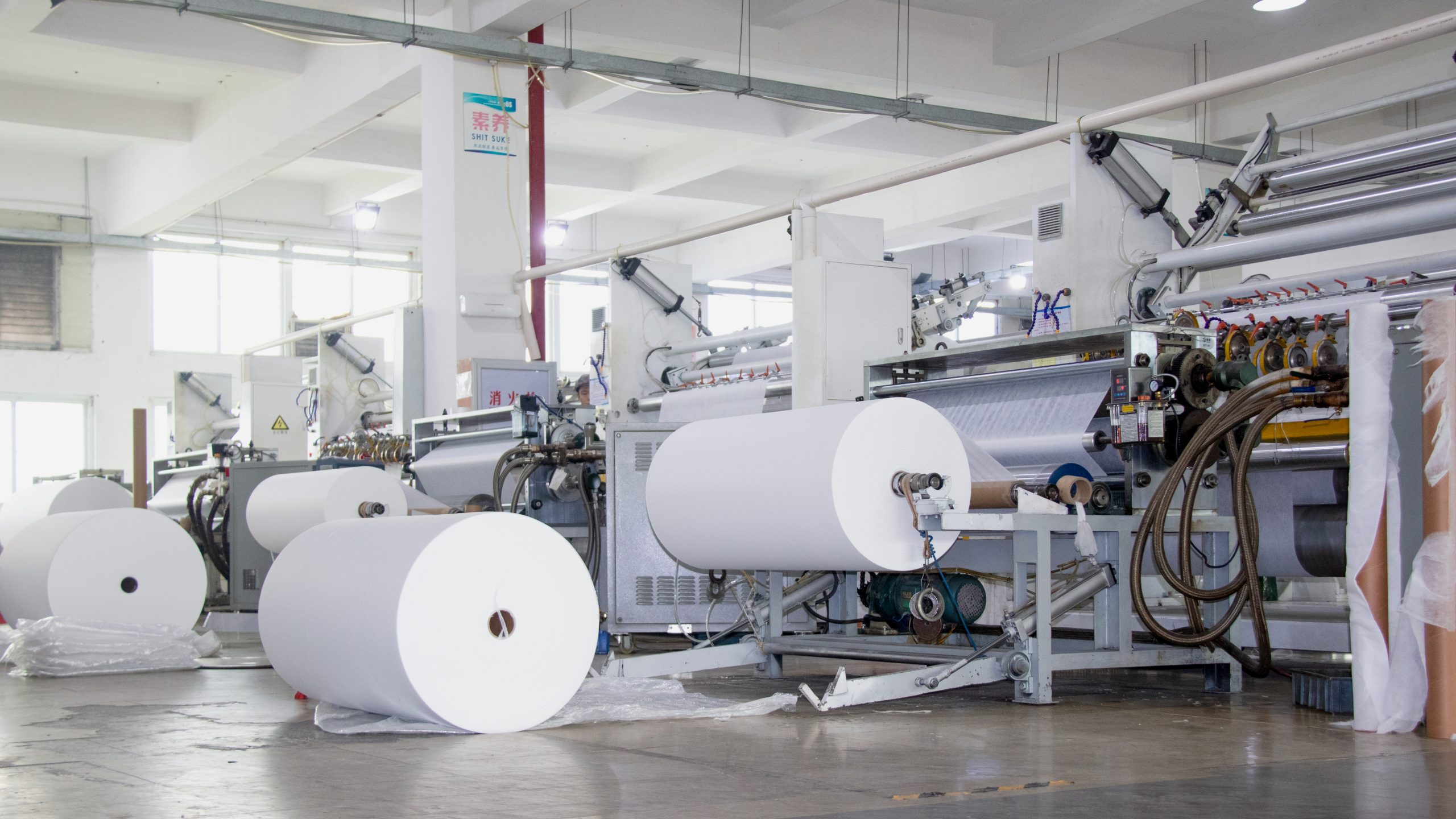Ultimate Guide to Baby Diaper Materials
Date: 2025-02-24 Categories: Company New、News Views: 3099
Ultimate Guide to Baby Diaper Materials: What Makes Top Quality Diapers Safe and Effective?
When it comes to choosing the best baby diapers for your little one, understanding the materials used in diapers is key. From diaper waistband designs to eco-friendly fabric nappy alternatives, the right combination of components ensures comfort, absorbency, and skin health. At Quanzhou SK Care Co., Ltd (diapersfactory.com), we’ve spent years perfecting diaper technology to meet global standards. Let’s dive into what makes top quality diapers stand out—and how to avoid common pitfalls.

1. Breaking Down the Layers: What Are Baby Diapers Made Of?
Modern bache ka diaper (baby diapers) rely on a smart blend of materials:
- Outer Layer: Breathable polyethylene (PE) or non-woven fabric prevents leaks while allowing airflow.
- Absorbent Core: Superabsorbent polymers (SAP) derived from plant-based or synthetic sources lock in moisture. Recent innovations include biodegradable SAP made from agricultural waste.
- Inner Layer: Soft, hypoallergenic non-woven materials protect delicate skin. Some premium brands use bamboo charcoal-infused fabric for natural odor control.
- Waistband & Fasteners: Elastic diaper waistbands with stretchable adhesives ensure a snug yet gentle fit.
Pro Tip: Avoid diapers with harsh chemical coatings—opt for those certified hypoallergenic, like our Quanzhou SK Care products, which use FDA-approved adhesives.
2. The Secret Behind Top Quality Diapers: Advanced Materials Matter
Not all bacho ke diaper (children’s diapers) are created equal. High-performance options prioritize:
- Skin-Friendly Non-Wovens: PP spunbond fabrics treated with hydrophilic agents absorb moisture 3x faster.
- Eco-Conscious SAP: Biodegradable superabsorbent materials reduce landfill waste. For instance, our diapers integrate SAP derived from cellulose, which decomposes 50% faster than traditional polymers.
- Reinforced Leak Guards: Multi-layered leg cuffs with silicone microseals prevent blowouts during active play.
Common Mistake: Parents often prioritize "ultra-thin" designs but overlook breathability. Thin ≠ better—check for air-permeable backsheets to avoid rashes.
3. Fabric Nappies vs. Disposable Diapers: Which Is Better for Your Bache ka Diaper?
Fabric nappies (reusable cloth diapers) are gaining popularity for sustainability, but they require careful maintenance:
- Pros: Reduced environmental impact, cost-effective long-term, and gentle on sensitive skin.
- Cons: Higher upfront effort (washing, drying) and less absorbency for heavy wetters.
Meanwhile, disposable diapers excel in convenience. For example, our Quanzhou SK Care disposables feature a dual-core SAP system that lasts up to 12 hours—ideal for overnight use.
Hybrid Solution: Try biodegradable disposable inserts paired with reusable outer shells for a balanced approach.
4. Common Mistakes Parents Make When Choosing Bacho ke Diapers (And How to Avoid Them)
- Ignoring Waistband Flexibility: A rigid diaper waistband can leave red marks. Look for breathable, stretchable elastic bands.
- Overlooking pH-Balanced Materials: Harsh detergents or synthetic dyes in low-quality diapers disrupt skin’s natural pH. Stick to dermatologist-tested options.
- Falling for "Chemical-Free" Claims: No diaper is 100% chemical-free, but reputable brands (like ours) minimize irritants through rigorous safety checks.
5. Why Diaper Waistband Design Matters More Than You Think
A well-designed diaper waistband does more than prevent leaks:
- Breathability: Micro-perforations reduce heat buildup, crucial for tropical climates.
- Adjustability: Dual adhesive tabs allow custom fitting as your baby grows.
- Eco-Innovations: Some brands now use plant-based elastic derived from natural rubber.
At diapersfactory.com, our waistbands integrate a unique "360° Airflow System" tested in collaboration with pediatricians.
FAQs: Your Top Questions Answered
Q1: Are bamboo charcoal diapers safe for newborns?
A: Yes! Bamboo charcoal is naturally antimicrobial and gentle on sensitive skin. Our CharcoalBamboo™ line uses this material for odor control without chemicals.
Q2: How do I know if a diaper uses high-quality SAP?
A: Squeeze the core—premium SAP gels hold moisture without clumping. Our diapers retain 30x their weight in liquid, thanks to cross-linked polymer technology.
Q3: Can fabric nappies replace disposables entirely?
A: It depends on your lifestyle. For busy parents, hybrid systems (reusable shells + biodegradable inserts) offer a practical middle ground.
Q4: What makes Quanzhou SK Care diapers unique?
A: We combine medical-grade non-wovens, plant-based SAP, and ergonomic waistbands—all produced in our ISO-certified facilities.
Conclusion: Choosing the Best Materials Used in Diapers
Whether you prefer fabric nappies for sustainability or high-tech disposables for convenience, prioritizing safe materials used in diapers ensures your bache ka diaper journey is rash-free and eco-conscious. At Quanzhou SK Care Co., Ltd (diapersfactory.com), we specialize in crafting premium diapers using cutting-edge materials like breathable non-wovens and plant-based SAP.
Explore our range today—where innovation meets care, one diaper at a time.
References
: Biodegradable SAP from agricultural waste reduces environmental impact.
: Bamboo charcoal enhances odor control in reusable diapers.
: Hydrophilic non-wovens improve absorption rates.
: Safety certifications ensure hypoallergenic materials.














